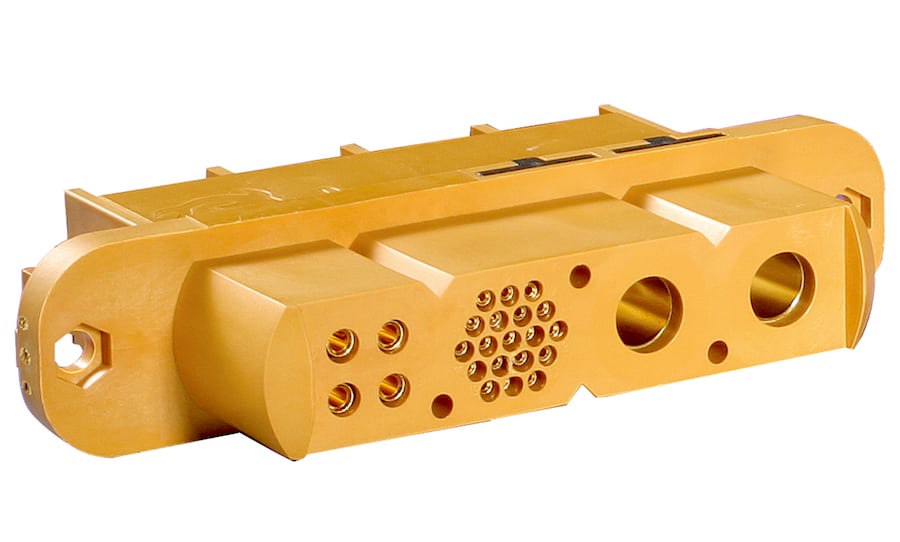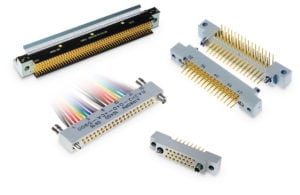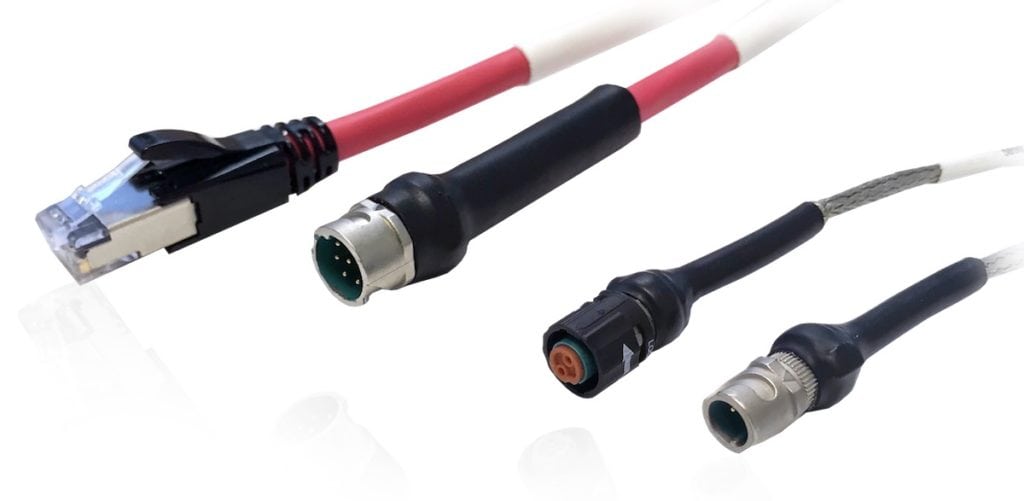Assessing the Future of Military Electronics
As the Department of Defense prepares for the future of the military, the electronics industry is working to help it understand the complex needs and issues that affect R&D, manufacturing, the workforce, and the supply chain.

In August 2018, President Trump signed the John S. McCain National Defense Authorization Act for Fiscal Year 2019 (NDAA 2019) into law, authorizing a total of $717 billion in funding for the US Department of Defense (DoD) and military activities and construction. Pursuant to Section 845 of the act, the DoD is required to provide a comprehensive assessment of the defense electronics industrial base to Congress by January 31, 2019. As we approach that deadline, electronics designers, suppliers, and manufacturers are hopeful that the DoD will take into account the concerns of the industry at a time when new technologies, geopolitical shifts, and global supply chain challenges are impacting the development and manufacture of new technologies for the mil/aero sector.
IPC-Association Connecting Electronics Industries has taken an active role in providing the DoD with guidance and information about the design, manufacturing, and assembly of electronics used by the military.
“We saw that there was a real interest in fortifying the defense industry base and wanted to take that a step further by encouraging the DoD to focus on electronics,” said Chris Mitchell, vice president of global government relations at IPC. “We wanted to make sure the DoD had a good understanding about what is happening in the supply chain and provide our thoughts and recommendations, not just as a voice of the electronics industry, but by amplifying voices from within the electronics industry.”

Positronic’s Great Golden (GG) modular connectors are designed to perform in rugged industrial and mil/aero environments.
To do this, in October 2018 IPC cohosted a discussion of the issue with the DoD, Wiring Harness Manufacturing Association, and Electronic Components Industry Association. The groups highlighted five segments of the industry: electronics manufacturing services, printed circuit boards, cable and wire harnesses, connectors, and passive components. They hosted a listening session attended by representatives from across these areas. “The DoD is not seeking a conclusive voice,” said Mitchell. “It is trying to understand the diversity of thought that exists across the industry and across the supply chain. We discussed a wide range of issues, including R&D, availability of new materials, workforce concerns, foreign competition, paperwork, and compliance.”
Mark Sample, director of operations at Positronic, says he hopes the DoD will address issues such as flow-down requirements, qualifying activity support, and supplier evaluations.
“In addition to basic purchase order requirements, it is common in the mil/aero market segment for the majority of requirements to be flowed down via ‘quality clauses.’ These range from vendor- and program-specific codes to elaborately constructed paragraphs which may describe an enormous amount of information related to packaging, change management, product details, and numerous other aspects related to the purchase. These requirements are often difficult to interpret and can even be contradictory,” he says. “PO requirements and additional quality clauses are often flowed down to sub-tiers in their entirety from higher tiers. This is a requirement, but applicability needs to be considered. There are many higher level program requirements which are not applicable to lower level sub-tiers. Flowing all of them down pushes additional and often unnecessary administrative burdens to sub-tier contract review processes.”
Many products are made and qualified to specific military standards, says Sample. “These programs are administered by various “Qualifying Activities” — DLA, Navair, SAE, GSFC, etc. When support is needed by suppliers, there are often lengthy delays. In addition, there is a wide range of understanding regarding the specific requirements and the interaction can often be frustrating at best and confrontational at worst. A more collaborative, less bureaucratic system would improve the overall process.”

AirBorn’s R-Series are high-density connectors approved to the MIL-DTL-55302 standard for board-to-board applications, including space vehicles.
Mitchell says that the military is closely entwined with the electronics industry, and the DoD participates in the development of many standards and requirements and has a key interest in overall R&D and future growth strategies, such as the automation of the manufacturing process. In the past, DoD initiatives have impacted the electronics industry at large. During the Obama administration, a focus on US export initiatives and domestic manufacturing led to the Revitalize American Manufacturing and Innovation Act of 2013 (H.R. 2996) and NextFlex, a public-private initiative to expand the development of flexible hybrid electronics. Many technologies designed for the commercial market have implications for the defense market and the reverse is true as well. Many “future soldier” products have parallels in the civilian world, and the rollout of commercial 5G and IoT technologies have the potential to raise national security concerns.
National security is an area of special focus for the electronics industry, as components, materials, and expertise are spread across the globe and in some places isolated in specific regions. The global nature of the supply chain brings both advantages and risks. “In some areas of the industry, there is only one supplier for a specific part. It’s important to fortify and grow the industrial base so that mission-critical components can be accessed,” said Miller, who notes that the IPC is a global organization with members from across the US, EU, and Asia, and works to grow the industry globally rather than advantage any region over another.

Amphenol Pcd’s Pegasus series of small, lightweight, rugged connectors is ideal for military applications, but have found use in energy, transportation, and heavy equipment applications as well.
While the DoD study is focused on the needs of the US military, it has relevance to companies around the world, as the military electronics supply chain has a far reach. In regions including Europe, Asia, and Russia, a similar assessment is underway.
The European Defense Industrial Development Program has undertaken a similar initiative for the EU in 2019 and is prioritizing research and development in its goals to support the defense industry. A special focus on innovation will boost development of new technologies, with an emphasis on areas such as electronics design, new materials, encrypted software, cyber security, and robotics. The annual report to Congress on Military and Security Developments in China found in 2018 that the country continues to make dramatic strides in its efforts to create a world-class advanced military operation, with the help of acquisitions of foreign intellectual property, recruitment of international engineering personnel, and acquisition of companies. Additionally, China controls certain materials that are required by the global electronics supply chain.
“As technology has become more advanced, the supply chain has become larger and more complex,” said Miller. “Our hope is that we can help the DoD root out all the concerns as they prepare a comprehensive report that will help everyone in the industry meet their needs and grow.”
Interested in a specific market? Click a market below for current articles and news.
Automotive, Consumer, Industrial, Medical, Mil/Aero, Datacom/Telecom, and Transportation
- State of the Industry: 2022-2023 Connector Sales - April 16, 2024
- Amphenol is On a Roll - April 2, 2024
- Nicomatic Proves That Two Heads are Better Than One - March 26, 2024












